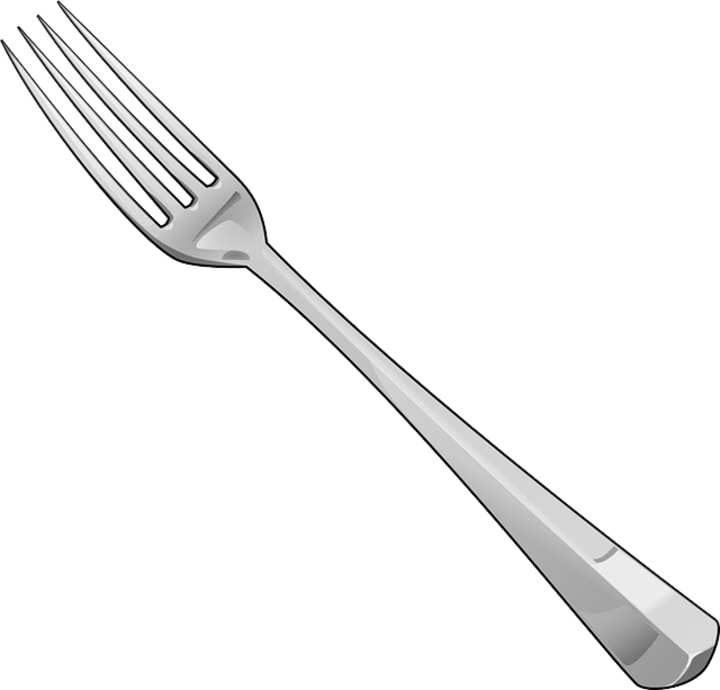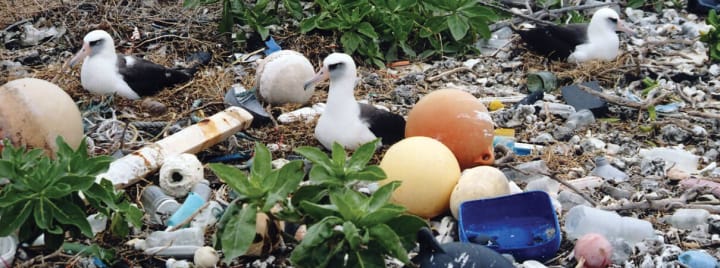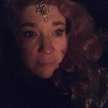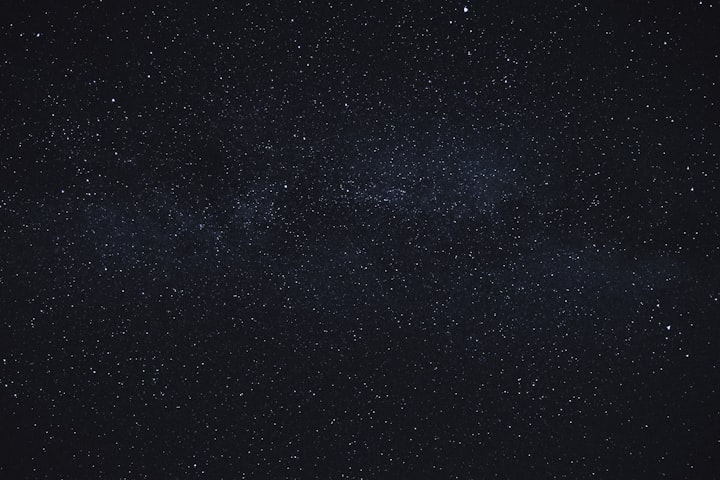Mermaid Birthday Party
No Blue = No Green (Story 3)

The following story is part of a collaborative effort to raise awareness of the very serious marine plastic pollution problem facing the world today.
Please be sure to read the second story, by Paula Shablo, a Whale of a Tale.
* * * * * * * * * * * *
Sharon and Stacey wound their way through the aisles of the party goods store looking for the tablecloths, napkins, door covers, and all of the other things that would guarantee the perfect Little Mermaid party for Stacey's fifth birthday. They passed cowboys, genies, princesses, ballerinas, wizards, but hadn't yet found the mermaid section. Since they had just moved through the fairy and unicorn party trimmings, though, Sharon felt optimistic.
The aisle was interrupted by a pillar just beyond the unicorn horn goody bags, and as the cart swung around it the explosion of glittering iridescent scales and ocean waves tablecloths and wall hangings were revealed.
"Look, Stacey; we found it!," Sharon sang out, "there are four different invitations here. You pick out the ones you like and I'll get the party table stuff."
Stacey's chirps of pleasure drifted up from the floor where she plopped down and examined each packet of card like a judge on the Antiques Road Show. Sharon used that time to toss two plastic ocean-themed table cloths and three packs of Sebastian and Ariel napkins in the cart. She followed that by three sleeves of shell-printed plastic gimme cups, one foil and balloon centerpiece, and two packs of blue, purple, and green balloons.

She was reaching for the helium canister when Stacey told her the important invitation decision was made, and asked if they could get a red wig, too.
"Sure, honey, you can get a wig. And we will get one of those mermaid tail sleeping bags, too. That way you can use it after the party. We're going to get some pearl and bubbly necklaces, too. We'll get one of each for everyone coming to the party."
"Yay!", squealed Stacey. "And can I get a dinglehopper to go with the wig? Please mom, please?!"
Sharon had known this was coming. After easily 3,782 viewing of Disney's Little Mermaid she was well aware that the scene where Ariel and Flounder bring the treasures they found at the bottom of the sea to Scuttle the gull was one of her favorites. When Scuttle the seagull uses a fork to 'comb' his hair and calls it a dinglehopper, it always set Stacey to fits of giggles. She knew Stacey would want to pretend the same thing at the party.

"Ok, you can get some of those silver plastic forks from the rack right there honey. They look like metal and they'll be just fine", sighed Sharon. "Get three packs, ok?" Stacey took two steps to the rack and set it spinning while she searched for the forks, and Sharon added two boxes of teal plastic straws, three boxes of teal Styrofoam plates, and three boxes of Styrofoam bowls for the ice cream.
"Got the dinglehoppers, Mom!", said Stacey with a delighted giggle. And I found these, too!" Sharon turned around to see Stacey holding a life-sized stuffed seagull. "He can show everyone how to dinglehopper their hair at the party! Can we get this, too? Please please please?"
Seagulls were not of the party list. Sharon wanted to look for the gold foil-wrapped chocolate coins and the candy necklaces on elastic bands for the goody bags and then head home. She hated to disappoint her daughter, but, that bird was almost as tall as she was. It wouldn't be cheap, she thought, even as she reached for the thing to check the price. She was right, at $34.00 it was $30.00 more than she wanted to spend on yet another stuffed animal.
She had to draw the line somewhere, and turning toward her daughter she started "Stacey, honey, this is just too much, I can't understand..." and then was interrupted by the young woman standing on the other side of the pillar in the aisle.
"I agree." said the red-haired young girl that Sharon hadn't noticed. "I can't understand how they can be allowed to sell a stuffed seagull when practically everything in this store is designed to harm real seagulls and seabirds."

"Pardon me?" blurted an astonished Sharon. "Who is harming seagulls?" She looked quickly at her daughter, who seemed fascinated that a girl that looked more than a little like Ariel was talking to them. "What in this store is harming birds?"
"Well, I'm sorry to butt in like that, but almost everything in your cart can harm birds. Those straws and the plastic tablecloths can choke birds. The elastic and foil can tempt birds, especially since they will have sweet smells and tastes. Plastic, foil and elastic can crowd together in the stomach, stopping digestion, and starve the birds.", she explained.
"Mommy?" said a worried Stacey. "Are we hurting the birds?"
"No, no we are not. We recycle all of our plastic. We aren't hurting birds", reassured her mother.
"Actually, 91% of all plastic doesn't get recycled. And the 9% that does just breaks down into microplastics. Much of that is in landfills, but microplastics are also in the water. Water from 14 countries has recently been tested and 80% of our drinking water contains microplastics." This was getting worse and worse, and Sharon didn't want to think about plastic in her water.
She pushed back verbally and said brusquely, "I thought we were talking about birds! What does this have to do with The Little Mermaid and seagulls, anyway?"
The young woman nodded slowly and sadly said "It has everything to do with them. Even in the movie Ariel was cleaning up the water, gathering things she called treasures from the ocean, even though we all recognized it as trash. The horrible thing about microplastics is that we don't recognize it, we don't know it's there at all. And, even though the impact of them isn't fully understood, we do know that it is affecting the gulls."
"Gull eggs in the United Kingdom were tested, and all of the eggs in the test were found to have up to six different chemicals used to make plastic in the egg shells. Baby gulls get vitamins and other nutrients to help them as they develop and before they hatch. These chemicals are ingested by the mother birds when they eat plastics, both large items like straws, elastic, and , well, plastic like those tablecloths. Her body passes along the phthalates, the chemicals from plastics, which can build up in the body and get passed along to her offspring in the eggs and in the developing baby birds."

Sharon felt ill, her stomach was as wavy as the colors all around her. That was what mother birds passed on to their offspring, entirely unaware of it happening. She looked down at the shining face of her daughter, and then at the cart heaped with single-use plastics and elastics. Things she couldn't justify buying any longer.
"Come on, Stacey, let's put these back. We can use the tablecloth that Nana made for your birthday, along with the china Nana gave me, too. We'll use our own dinglehoppers while we're at it." She started to put the party items back on their hooks and pegs.
"But, Mom? Mom, can we still get Scuttle?" Stacey pleaded.
Sharon looked at the yellow eyes of the seagull, then she looked at her daughter. "Yes," she nodded. "Yes we can get this, and we'll find out how to make life safer for the real thing, too."
* * * * * * * * * * * *
Up next in the collaboration is Sophia Duarte.
There are several ways you can take steps to keep plastic from polluting out land and water. Here are two easy ways to start:
- Reduce consumption of single-use, disposable plastic products. Whenever possible, reuse and recycle. Buy reusable grocery bags to cut down on plastic bag use. New resources on alternative and less environmentally damaging materials are available such as compostable materials. Find out more here.
- Determine your “plastic footprint.” How much plastic waste do you buy and dispose of in a week, a year, a lifetime? Then take steps to change your consumer choices to reduce the amount of plastic in your life. How best can you can make a personal commitment to reducing plastic use?
About the Creator
Judey Kalchik
It's my time to find and use my voice.
Poetry, short stories, memories, and a lot of things I think and wish I'd known a long time ago.
You can also find me on Medium
And please follow me on Threads, too!






Comments
There are no comments for this story
Be the first to respond and start the conversation.